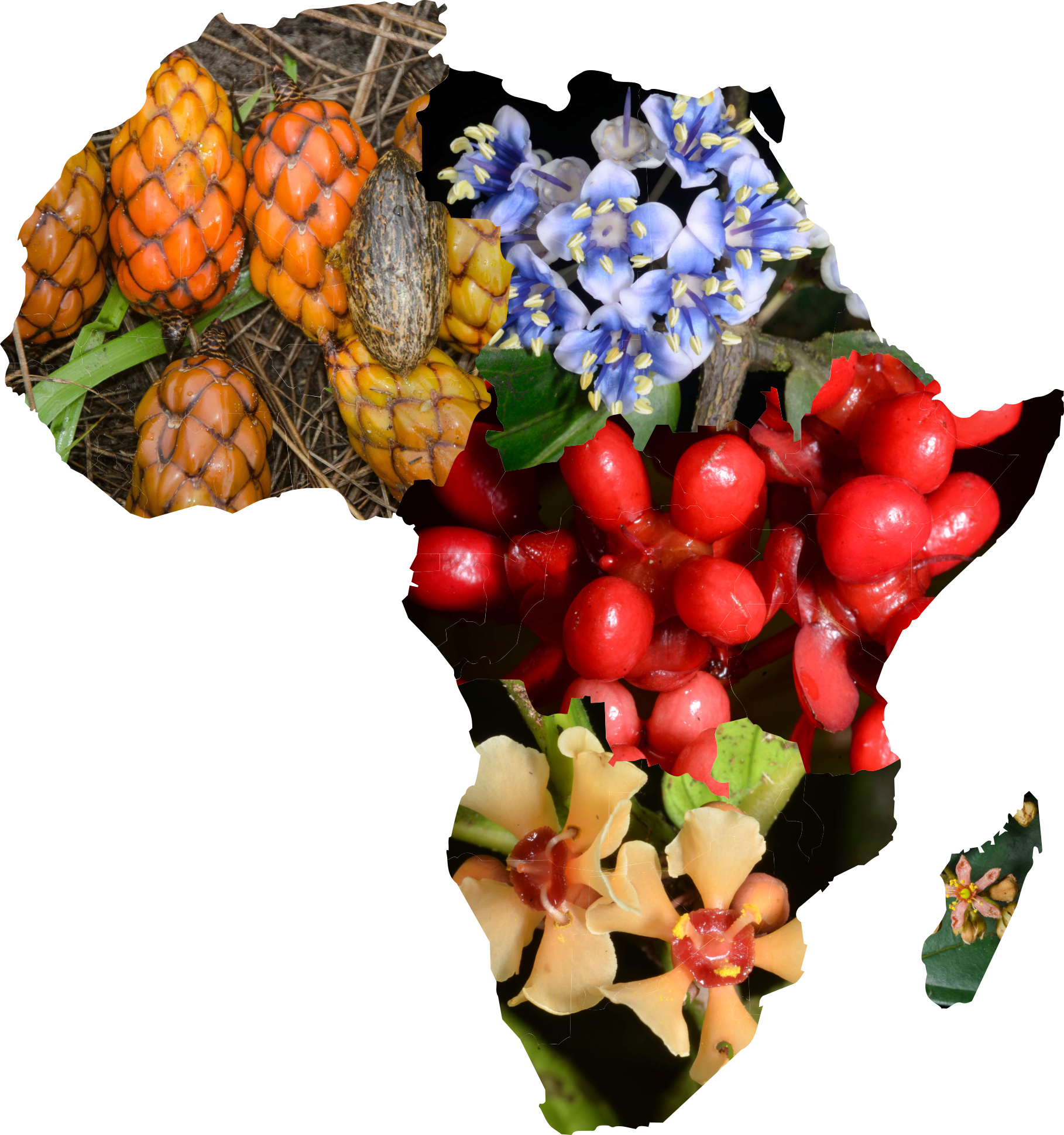MO:Seed Plants
3249017 Aaron P. Davis 2928 2001-12-05
Tanzania, Morogoro, Morogoro Rural, Kitulaghalo Forest Reserve, near Maseyu Village, by main road. Seasonally dry evergreen forest on hill; open canopy, no herb layer but good shrub layer. SE slope, half way to summit of hill with cycads and Sansevieria., -6.6761111 37.9902777, 550m
MO:Seed Plants
3249024 Mvungi, Esther F. 7 2001-12-05
Tanzania, Morogoro, Morogoro Rural, Maseyu village, Kitulanghalo forest. Dry evergreen forest, SE faced lowland forest, 1.5km from the main road., -6.6875 37.96694, 550m
MO:Seed Plants
101874823 B.E. Mhoro 307 2000-10-08
Tanzania, Morogoro, Morogoro Rural, Mkungwe Forest Reserve, FTEA region T6, -6.88333 37.91666, 800m
KEW
K000034962 Mvungi, E.F. 24 2002-03-21
Maseyu village, Kitulanghlo Forest, -6.69 37.96
KEW
K000097720 Pocs, T.; Mwanjabe P. 6559 1972-04-25
Kitulangalo, -6.68 37.95
KEW
K000034993 Davis, A.P. 2927 2001-12-05
Kitungalaho Forest Reserve, near Maseyu Village, by main road, -6.34 37.99
KEW
70431.000 Davis, A.P. 2927 2001-12-05
Morogoro District. Kitungalaho Forest Reserve, near Maseyu Village, by main road., -6.34 36.99
KEW
71413.000 Mvungi, E.F. EFM 50 2003-01-03
Bagamoyo district, Zaraninge forest reserve, Kiwandi area., -6.14 38.59
KEW
K000034994 Davis, A.P. 2928 2001-12-05
Kitungalaho Forest Reserve, near Maseyu Village, by main road, -6.34 37.99
KEW
71970.000 Mvungi, E.F. EFM 45 2003-01-01
Morogoro District, Kitulanghalo forest., -6.69 37.97
KEW
71971.000 Mvungi, E.F. EFM 49 2003-01-03
Bagamoyo district, Zaraninge forest reserve, Kiwandi Kwedilima area., -6.14 38.59
KEW
K000034945 Mvungi, E.F. 7 2001-12-05
Maseyu village, Kitulanghalo Forest, -6.69 37.97

